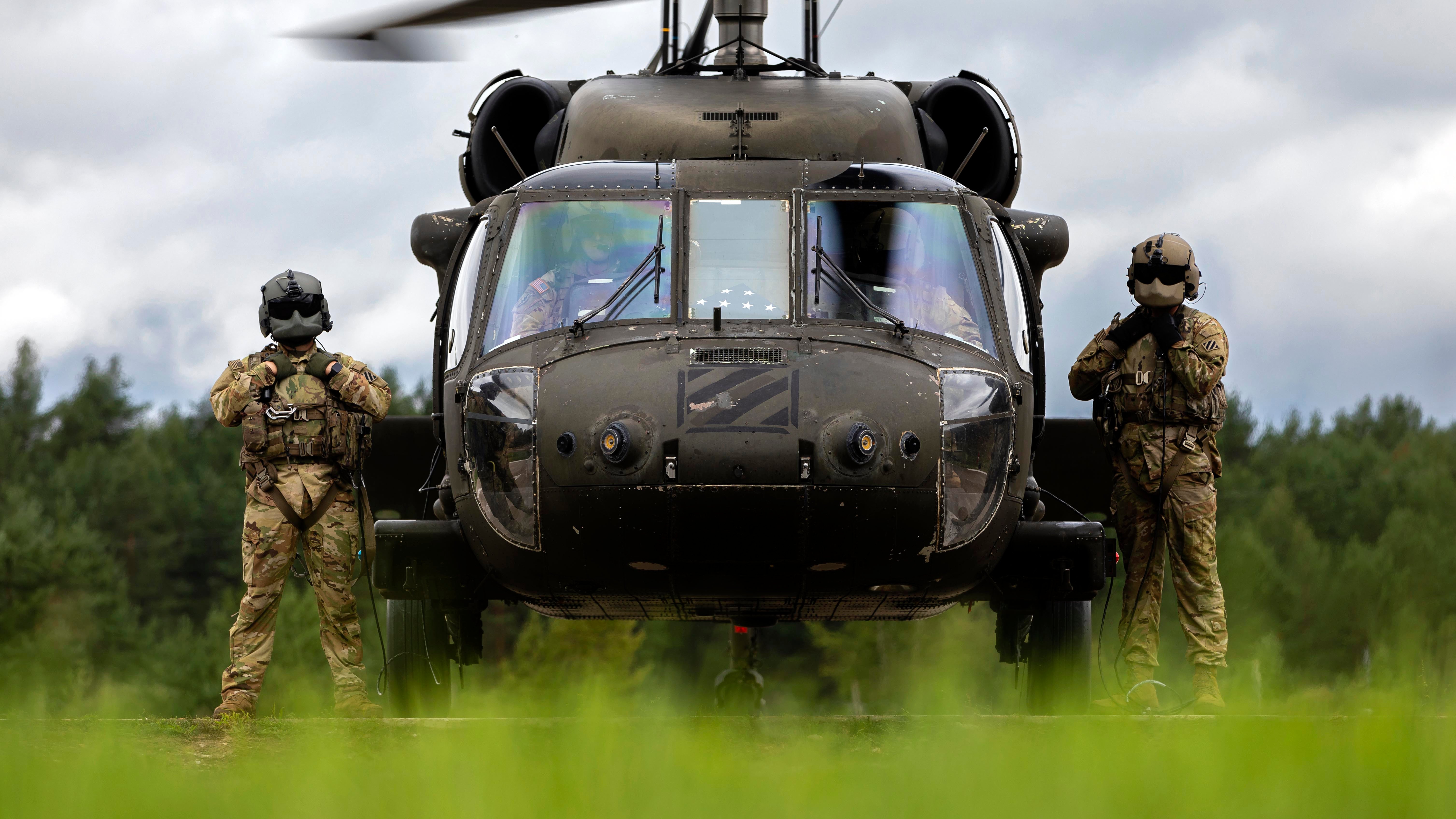Army Aviation Adapts for Future Fight
Army Aviation Adapts for Future Fight

The future of Army aviation will require soldiers to increase realistic training that effectively mimics hostile environments, a senior Army official said at a one-day seminar sponsored by the Association of the U.S. Army.
“We in the aviation force gained a great deal of flight experience over the last 20 years,” said Maj. Gen. Michael McCurry, commanding general of the Aviation Center of Excellence at Fort Novosel, formerly Fort Rucker, Alabama. But now, aviators are being asked to “train collectively on tasks that we may or may not have conducted at the scale that we have, and we're asking them to train in environments that are more realistic to the threat, which drives us into lower flight profiles, and to do that in austere conditions.”
McCurry emphasized the importance of readiness during the Army Aviation Hot Topic event earlier this year at AUSA’s conference and event center in Arlington, Virginia. “One of the things I’m really focused on … is the reiteration of what we expect of Army aviators, this upholding of the sacred trust of the soldier on the ground,” he said during a panel discussion on training the force for 2040. “We expect them to be there when needed and to manage the risks associated with getting there and being in the right place at the right time.”
As the Army deepens its cooperation through the National Guard’s State Partnership Program, allies and partners are increasingly interested in learning from Army aviators, said Brig. Gen. David Hall, who was assistant director of the Army National Guard for aviation and is now vice director of programs and requirements in the National Guard Bureau J-8.
“As that program has evolved over the past 20 to 30 years, they’re expanding into areas like aviation, where they previously had not necessarily been as interested in because they were focused on other areas,” Hall said.
As the force shifts from counterinsurgency operations to large-scale combat operations, flexibility is Army aviation’s greatest strength, said Maj. Gen. William Taylor, former director of Army aviation in the office of the deputy Army chief of staff for operations, G-3/5/7. Taylor now commands the 2nd Infantry Division.
Army aviators also are applying hard-earned lessons from 20 years of operations in Iraq and Afghanistan, McCurry said. “We are retaining those tasks to help us [prepare for future conflict],” he said. “Also, there’s great, valuable leadership lessons … we learned in Iraq and Afghanistan that we want to retain.”
Overall, the Army is carefully balancing its modernization efforts and current capabilities.
“We’ve talked a lot about the future, about Army 2030 and 2040,” Taylor said. “We are still planning today and training for today. With so much focus on the future, it's a balance for all of us to ensure that … modernization … does not detract from our ability to provide combat-ready forces to the joint force today.”

